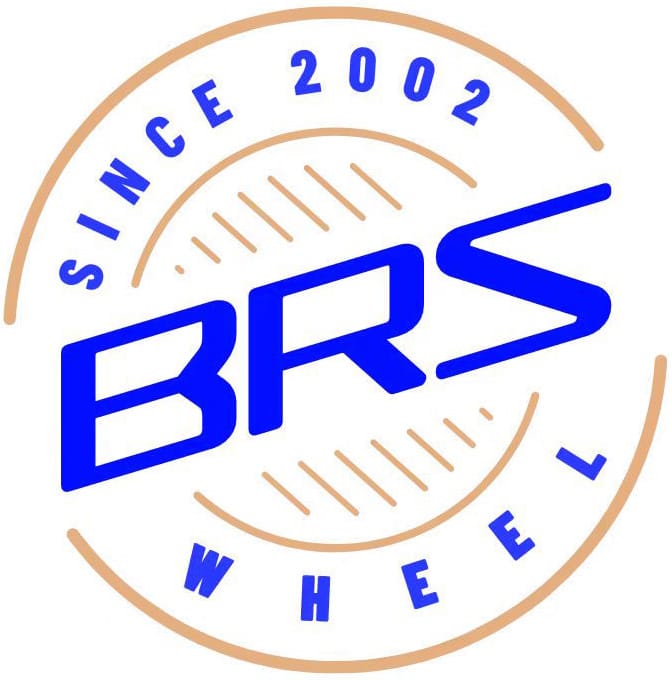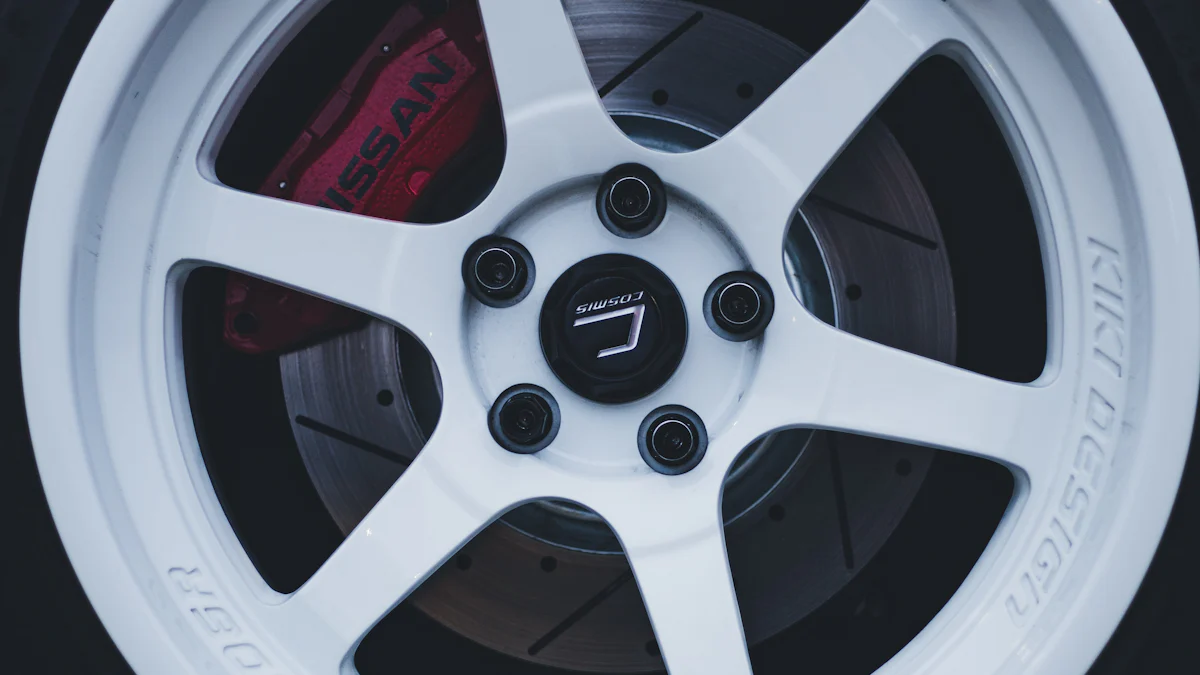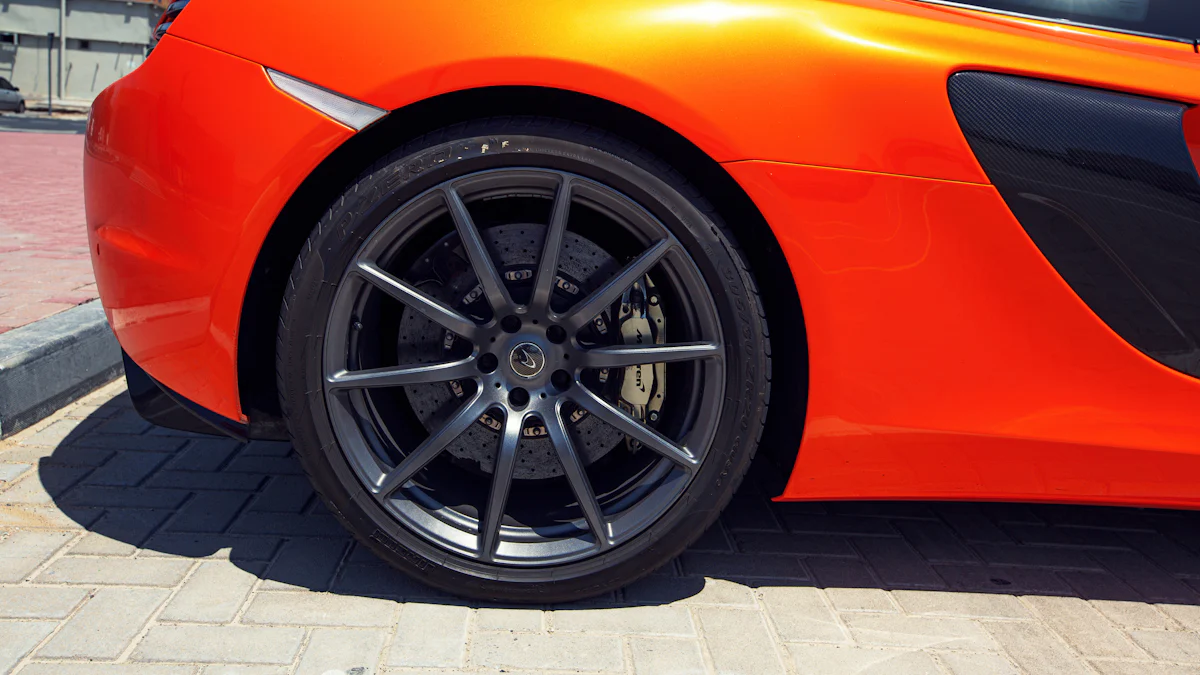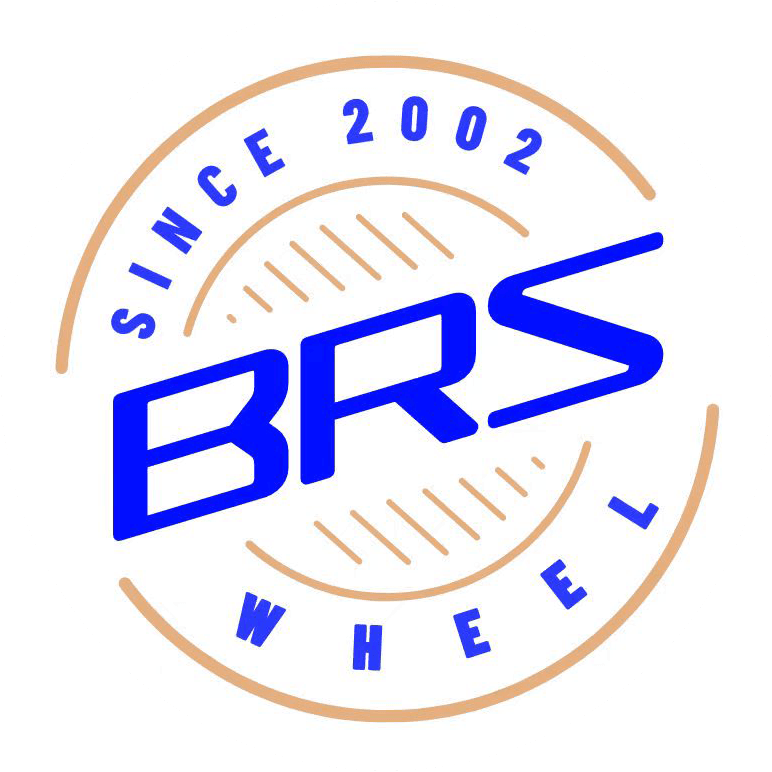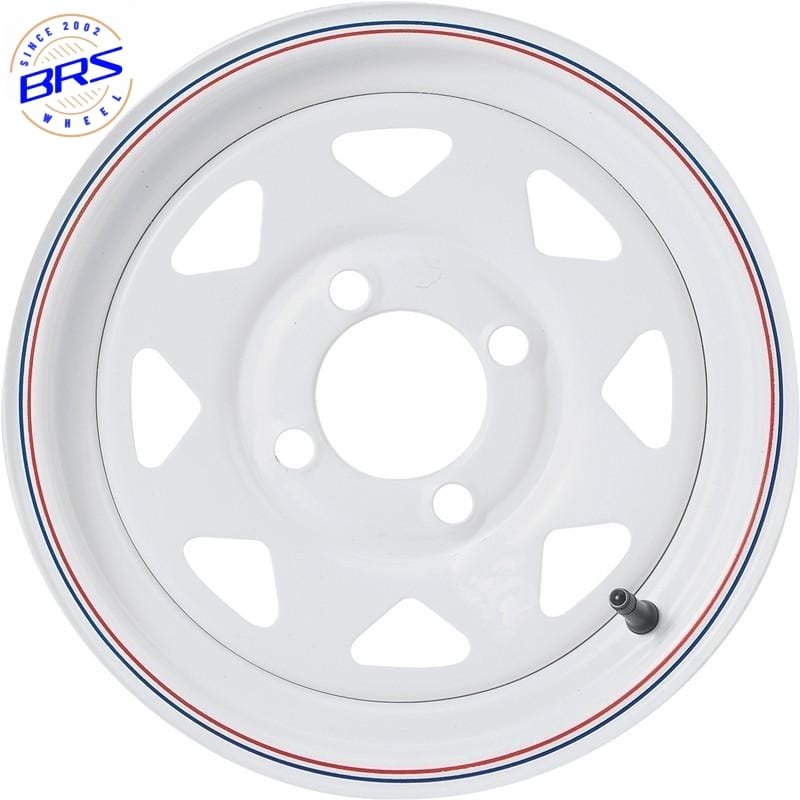
When it comes to choosing between a 17×8 rim and a 17×7 rim, the difference lies in more than just the numbers. A 17×8 rim offers a wider surface, which means better traction and improved handling, especially during sharp turns or high-speed driving. On the other hand, a 17×7 rim might be a better match for smaller vehicles or those prioritizing fuel efficiency. Your decision depends on what you value most—performance, compatibility, or practicality. Understanding these differences helps you make the right choice for your vehicle and driving needs.
Key Takeaways
- A 17×8 rim offers better traction and handling due to its wider surface, making it ideal for performance driving.
- For smaller vehicles or those prioritizing fuel efficiency, a 17×7 rim is a practical choice that reduces rolling resistance.
- Choosing the right tire size is crucial; a 17×8 rim pairs well with wider tires for improved grip, while a 17×7 rim works best with narrower tires for better curb protection.
- Consider your vehicle type and driving style when selecting rim size; daily drivers may benefit more from 17×7 rims, while performance enthusiasts may prefer 17×8 rims.
- Always check your vehicle’s manufacturer recommendations for rim size to ensure proper fitment and avoid handling issues.
- Wider rims like the 17×8 can enhance braking performance, but they may also increase the risk of curb damage if not paired with the right tires.
- Balancing tire width and aspect ratio is essential for optimal performance; wider tires improve traction but may reduce fuel efficiency.
Key Differences Between 17×7 and 17×8 Rims

Width and Fitment
How the width difference affects tire fitment
The most noticeable difference between a 17×7 rim and a 17×8 rim is the width. That extra inch on the 17×8 rim allows it to accommodate wider tires. Wider tires mean a larger contact patch with the road, which can improve grip and stability. If you’re someone who enjoys spirited driving or needs better traction in challenging conditions, this could be a game-changer for you.
However, wider rims also require careful consideration when it comes to tire fitment. For example, a 17×8 rim paired with a 225/45/17 tire offers excellent performance but may leave the rim more exposed to potential curb damage. On the other hand, a 17×7 rim works well with narrower tires, such as 215/55/17, which can provide better protection against curb rash. Choosing the right tire size for your rim ensures optimal performance and durability.
Vehicle compatibility considerations for each rim size
Your vehicle’s design plays a crucial role in determining which rim size fits best. A 17×7 rim is often the go-to choice for smaller cars or vehicles with limited wheel well space. Its narrower profile ensures a proper fit without the risk of rubbing against the fender or suspension components. This makes it a practical option for daily drivers or compact vehicles.
In contrast, a 17×8 rim is better suited for larger vehicles or those designed for performance. It provides a more aggressive stance and can handle the demands of high-speed cornering or track use. However, before upgrading to a 17×8 rim, you should check your vehicle’s offset and backspacing requirements. Proper fitment is essential to avoid issues like rubbing or misalignment, especially if your car has been lowered.
Performance Impact
Improved handling and stability with 17×8 rims
If you’re after better handling and stability, the 17×8 rim delivers. The wider base allows for improved cornering performance, especially at higher speeds. This is because the larger contact patch enhances grip, giving you more control over your vehicle. Whether you’re navigating tight turns or tackling uneven terrain, the 17×8 rim provides a noticeable boost in confidence behind the wheel.
Additionally, the added width can improve braking performance. With more tire surface in contact with the road, your car can stop more effectively, which is particularly beneficial in emergency situations. For enthusiasts who prioritize performance, the 17×8 rim is a solid choice.
Potential fuel efficiency benefits of 17×7 rims
While the 17×8 rim excels in performance, the 17×7 rim shines in practicality. Its narrower design reduces rolling resistance, which can lead to better fuel efficiency. If you’re someone who spends a lot of time commuting or values cost savings at the pump, this is an important factor to consider.
Moreover, the lighter weight of a 17×7 rim compared to a 17×8 rim can also contribute to improved acceleration and overall efficiency. This makes it a great option for drivers who prioritize economy over performance. By choosing a 17×7 rim, you can enjoy a smoother ride and fewer trips to the gas station.
Pros and Cons of 17×7 and 17×8 Rims
Advantages of 17×7 Rims
Lighter weight and better fuel economy
A 17×7 rim stands out for its lighter weight, which can make a noticeable difference in your vehicle’s performance. The reduced weight means less rotational mass, allowing your car to accelerate more efficiently. This feature is especially beneficial if you prioritize fuel economy. With less strain on the engine, you’ll likely see fewer stops at the gas station.
Additionally, the lighter design contributes to a smoother ride. You’ll feel less impact from bumps and uneven surfaces, making it an excellent choice for daily commutes or long road trips. If practicality and cost savings are your priorities, the 17×7 rim delivers on both fronts.
Compatibility with narrower tires and smaller vehicles
The 17×7 rim pairs perfectly with narrower tires, such as 215/55/17. This combination not only offers better protection against curb rash but also ensures a snug fit for smaller vehicles. If you drive a compact car or one with limited wheel well space, this rim size minimizes the risk of rubbing against fenders or suspension components.
For those who stick to stock tire sizes, the 17×7 rim is a hassle-free option. As one driver shared, sticking to 7-inch wheels avoids the need for costly tire upgrades while maintaining reliable performance. This makes it a practical and budget-friendly choice for many drivers.
Advantages of 17×8 Rims
Enhanced grip and cornering performance
The 17×8 rim shines when it comes to performance. Its wider width allows for a larger contact patch with the road, improving grip and stability. This feature becomes especially valuable during sharp turns or high-speed driving. If you enjoy spirited driving or track days, the 17×8 rim offers a significant edge.
One enthusiast noted their 17×8 rims paired with 225/45/17 tires provided exceptional grip, even during aggressive cornering. The added width also enhances braking performance, giving you more confidence in emergency situations. For those who crave better handling and control, the 17×8 rim is a game-changer.
Aesthetic appeal of wider rims
Beyond performance, the 17×8 rim adds a bold and aggressive look to your vehicle. The wider stance gives your car a sportier appearance, which many drivers find appealing. Whether you’re upgrading for style or functionality, this rim size makes a statement.
As one driver mentioned, the flat spoke design on wider rims like the 17×8 creates a sleek and modern aesthetic. If you value both form and function, this rim size strikes the perfect balance.
Drawbacks of Each Size
Limited tire options for 17×8 rims
While the 17×8 rim offers numerous benefits, it does come with some limitations. Wider rims require specific tire sizes, which may not always be readily available. You might find yourself spending more time and money searching for compatible tires.
Additionally, the wider design leaves the rim more exposed to potential curb damage. One driver warned that 17×8 rims paired with narrower tires could result in no curb protection at all. If you frequently park in tight spaces, this is something to consider.
Reduced performance potential with 17×7 rims
On the flip side, the 17×7 rim may fall short in performance applications. Its narrower width limits the size of tires you can mount, which can affect grip and stability. If you’re looking for enhanced cornering or track performance, this rim size might not meet your expectations.
As one track enthusiast shared, 17×7 rims aren’t sufficient for proper track tires, especially when compared to the capabilities of 17×8 rims. For drivers who prioritize performance over practicality, the 17×7 rim may feel restrictive.
How to Choose the Right Rim Size for Your Vehicle

Choosing the right rim size for your vehicle can feel overwhelming, but breaking it down into key factors makes the process much easier.
Consider Your Vehicle Type
Checking manufacturer recommendations for rim size
Your vehicle’s manufacturer knows what works best for your car. Check the owner’s manual or the sticker inside the driver’s door for the recommended rim size. These guidelines ensure your rims fit properly and maintain your car’s performance and safety. Ignoring these recommendations could lead to issues like poor handling or uneven tire wear.
Ensuring proper fitment for safety and performance
Proper fitment isn’t just about looks—it’s about safety and performance. A rim that’s too wide or too narrow can cause problems like rubbing against suspension components or fenders. Measure your vehicle’s wheel well space and confirm the offset and backspacing requirements. This step ensures your rims not only fit but also perform as they should.
Driving Style and Conditions
Daily driving vs. performance driving needs
Think about how you use your car. If you’re commuting daily, a rim like the 17×7 might suit you better. It offers lighter weight and better fuel efficiency, which are ideal for city driving or long highway trips. On the other hand, if you enjoy spirited driving or track days, a 17×8 rim provides enhanced grip and stability, giving you more control during sharp turns or high-speed maneuvers.
Off-roading or other specialized driving considerations
If you take your vehicle off-road or drive in challenging conditions, your rim choice matters even more. Wider rims like the 17×8 can handle larger tires, which are better for traction on rough terrain. However, narrower rims may work better for vehicles designed for tight spaces or steep inclines. Match your rim size to the demands of your driving environment to get the best results.
Tire Compatibility
Selecting tires that match the chosen rim size
Your tires and rims need to work together. A 17×8 rim pairs well with wider tires, such as 225/45/17, which improve grip and handling. Meanwhile, a 17×7 rim fits narrower tires like 215/55/17, offering better fuel efficiency and protection against curb damage. Always check the tire manufacturer’s specifications to ensure compatibility with your chosen rim size.
Balancing tire width and aspect ratio for optimal performance
The width and aspect ratio of your tires affect your car’s performance. Wider tires on a 17×8 rim provide a larger contact patch, improving traction and cornering. However, they may slightly reduce fuel efficiency. Narrower tires on a 17×7 rim offer better mileage but less grip. Striking the right balance between these factors ensures your vehicle performs well in the conditions you drive most often.
FAQs
1. What’s the main difference between 17×7 and 17×8 rims?
The primary difference lies in the width. A 17×8 rim is one inch wider than a 17×7 rim, which allows it to accommodate wider tires. This extra width improves grip and stability, especially during cornering or high-speed driving. On the other hand, a 17×7 rim pairs better with narrower tires, making it a practical choice for smaller vehicles or those prioritizing maintaining rims.
2. Will a 17×8 rim improve handling compared to a 17×7 rim?
Yes, a 17×8 rim can enhance handling due to its ability to support wider tires. Wider tires create a larger contact patch with the road, which improves traction and stability. This is particularly noticeable during sharp turns or spirited driving. However, if your vehicle isn’t designed for wider rims, you might experience rubbing or alignment issues, so proper fitment is crucial.
3. Do 17×8 rims affect fuel efficiency?
Switching to 17×8 rims may slightly reduce fuel efficiency. The wider design increases rolling resistance, which can lead to higher fuel consumption. Additionally, 17×8 rims are often heavier than 17×7 rims, which can impact acceleration and overall efficiency. If fuel economy is a priority, sticking with 17×7 rims might be a better option.
4. Are there any aesthetic differences between the two rim sizes?
Absolutely! A 17×8 rim gives your vehicle a more aggressive and sporty appearance due to its wider stance. Many drivers find this look appealing, especially when paired with performance tires. However, keep in mind that wider rims may leave the edges more exposed, increasing the risk of curb rash. If aesthetics matter to you, consider how the rim size complements your vehicle’s overall design.
“At 17×8 with 215 tires, your rims are going to be way out there with no curb protection at all. Watch out for curb rash!” – A driver’s experience with wider rims.
5. Can I use my existing tires if I upgrade from 17×7 to 17×8 rims?
It depends on the tire size. If your current tires are too narrow, they may not fit properly on a 17×8 rim. For example, a 215/55/17 tire works well with a 17×7 rim but may not provide adequate coverage for a 17×8 rim, leaving the edges exposed. Upgrading to wider tires, such as 225/45/17, ensures a better fit and optimal performance.
6. Are 17×8 rims suitable for daily driving?
Yes, 17×8 rims can work for daily driving, especially if you value improved handling and stability. However, they may not be the most practical choice for all vehicles. If you drive a compact car or prioritize fuel efficiency, 17×7 rims might be a better fit. Consider your driving habits and vehicle type before making a decision.
7. What should I watch out for when upgrading to 17×8 rims?
When upgrading, pay attention to offset and backspacing to ensure proper fitment. A poorly fitted rim can cause rubbing against suspension components or fenders, especially if your vehicle is lowered. Additionally, wider rims may require specific tire sizes, which could limit your options and increase costs. Always consult your vehicle’s specifications and a trusted professional before making changes.
8. Are 17×7 rims enough for track use?
For casual track days, 17×7 rims might suffice, but they may not provide the performance needed for serious racing. Wider rims like 17×8 allow for proper track tires, offering better grip and stability during high-speed maneuvers. As one enthusiast shared:
“17×7 isn’t enough for a proper track tire. My 17×8 rims with 225/45/17 tires perform exceptionally well, even during aggressive cornering.”
If you’re serious about track performance, 17×8 rims are the better choice.
9. How do I decide which rim size is right for me?
Consider your vehicle type, driving style, and priorities. If you value fuel efficiency and practicality, 17×7 rims are a solid choice. For enhanced performance and a sportier look, 17×8 rims are worth considering. Always check your vehicle’s manufacturer recommendations and ensure proper fitment for safety and optimal performance.
Choosing between a 17×8 rim and a 17×7 rim depends on your priorities. If you value performance and handling, the 17×8 rim offers better grip and stability, especially for spirited driving or challenging road conditions. For smaller vehicles or those prioritizing fuel efficiency, the 17×7 rim provides a practical and economical solution. Always consider your vehicle type, driving style, and tire compatibility to ensure the best fit. The right choice balances your needs with your vehicle’s capabilities, giving you confidence and satisfaction on the road.
FAQ
1. What’s the main difference between 17×7 and 17×8 rims?
The key difference lies in the width. A 17×8 rim is one inch wider than a 17×7 rim, which allows it to support wider tires. This extra width improves grip and stability, especially during cornering or high-speed driving. On the other hand, a 17×7 rim pairs better with narrower tires, making it a practical choice for smaller vehicles or those prioritizing fuel efficiency.
2. Does rim width affect driving performance?
Yes, rim width plays a significant role in driving performance. Wider rims, like the 17×8, allow for larger tires, which create a bigger contact patch with the road. This improves traction, handling, and braking. However, if your car is lowered, wider rims may lead to rubbing issues unless you carefully consider offset and backspacing.
3. Will switching to 17×8 rims improve handling?
Absolutely! The 17×8 rim enhances handling by accommodating wider tires. Wider tires provide better grip and stability, especially during sharp turns or spirited driving. If you enjoy performance driving, this upgrade can make a noticeable difference. Just ensure proper fitment to avoid alignment or rubbing problems.
4. Are there any aesthetic differences between the two rim sizes?
Yes, the 17×8 rim offers a sportier and more aggressive look due to its wider stance. Many drivers find this visually appealing, especially when paired with performance tires. However, keep in mind that wider rims may leave the edges more exposed, increasing the risk of curb rash. If aesthetics matter to you, consider how the rim size complements your vehicle’s design.
5. Can I use my current tires if I upgrade from 17×7 to 17×8 rims?
It depends on the size of your current tires. Narrower tires, like 215/55/17, may not fit properly on a 17×8 rim, leaving the edges exposed and reducing performance. Upgrading to wider tires, such as 225/45/17, ensures a better fit and optimal performance. Always check tire specifications before making changes.
6. Do 17×8 rims affect fuel efficiency?
Yes, switching to 17×8 rims can slightly reduce fuel efficiency. The wider design increases rolling resistance, which may lead to higher fuel consumption. Additionally, 17×8 rims are often heavier than 17×7 rims, which can impact acceleration and overall efficiency. If fuel economy is a priority, sticking with 17×7 rims might be a better option.
7. Are 17×8 rims suitable for daily driving?
Yes, 17×8 rims can work well for daily driving, especially if you value improved handling and stability. However, they may not be the most practical choice for all vehicles. If you drive a compact car or prioritize fuel efficiency, 17×7 rims might suit your needs better. Consider your driving habits and vehicle type before deciding.
8. What should I consider when upgrading to 17×8 rims?
When upgrading, pay attention to offset and backspacing to ensure proper fitment. Poorly fitted rims can cause rubbing against suspension components or fenders, especially if your vehicle is lowered. Wider rims may also require specific tire sizes, which could limit your options and increase costs. Always consult your vehicle’s specifications and a trusted professional before making changes.
9. Are 17×7 rims enough for track use?
For casual track days, 17×7 rims might suffice, but they may not provide the performance needed for serious racing. Wider rims like 17×8 allow for proper track tires, offering better grip and stability during high-speed maneuvers. If you’re serious about track performance, 17×8 rims are the better choice.
10. How do I decide which rim size is right for me?
Consider your vehicle type, driving style, and priorities. If you value fuel efficiency and practicality, 17×7 rims are a solid choice. For enhanced performance and a sportier look, 17×8 rims are worth considering. Always check your vehicle’s manufacturer recommendations and ensure proper fitment for safety and optimal performance.
- Posted In:General
